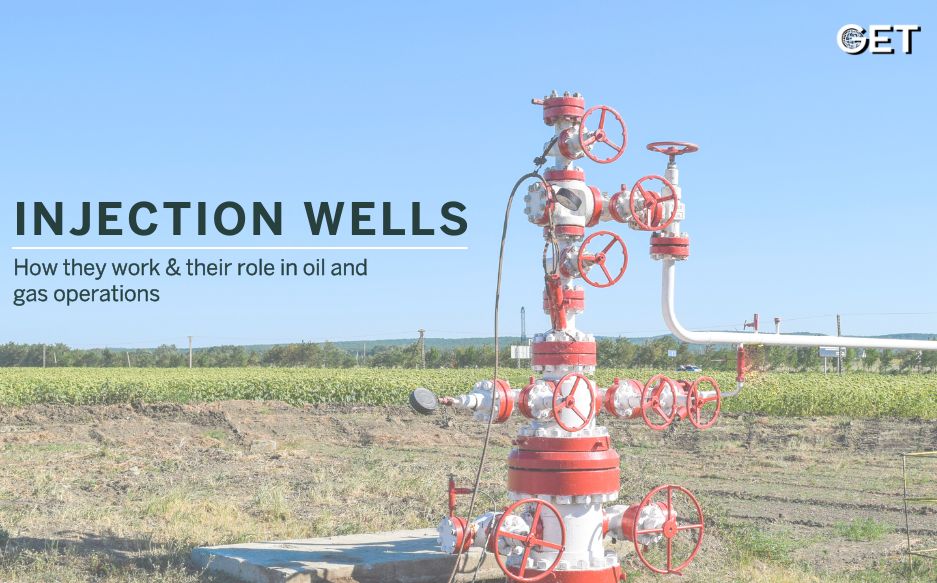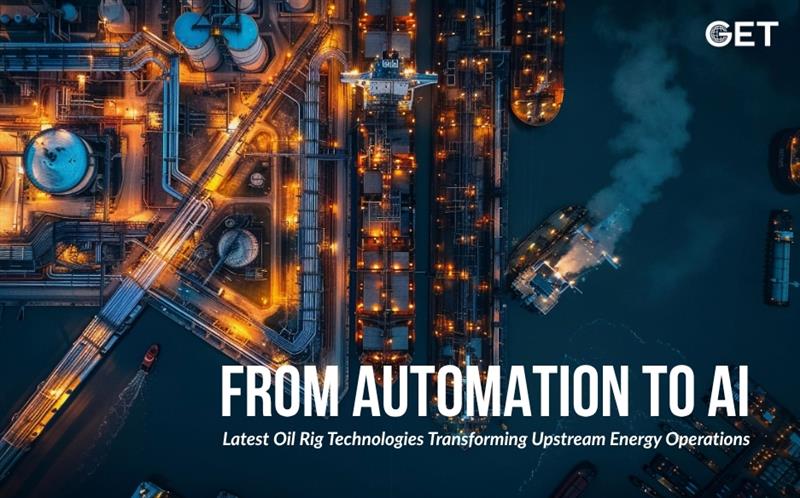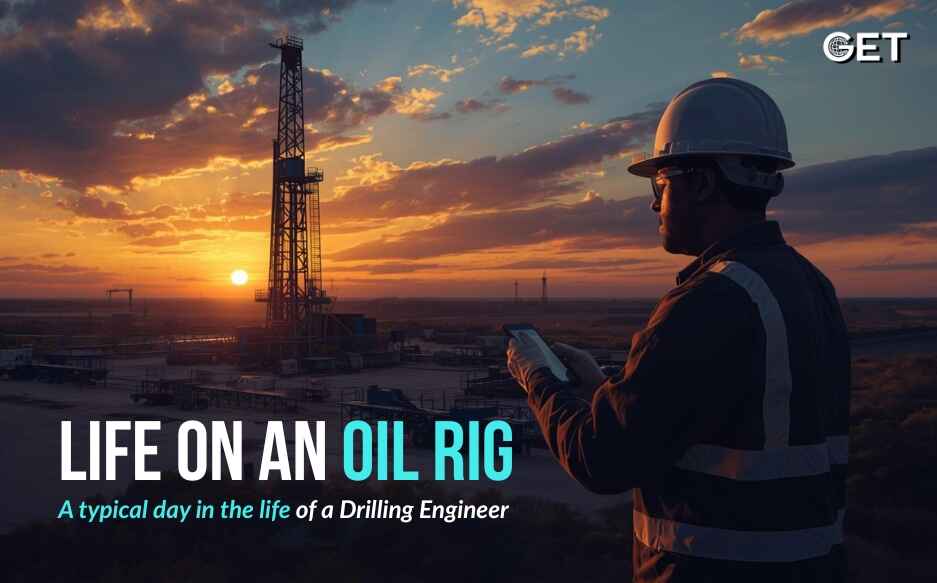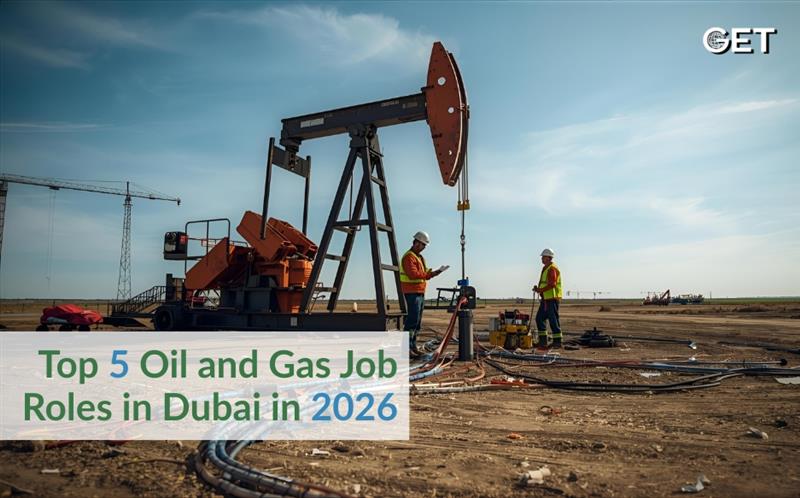
The upstream oil and gas industry depends on several technologies for production enhancement and reservoir performance management. Injection wells are critical to this process; they are meant to maintain pressure, dispose of waste, and enhance recovery. We’ll go into the working principles of injection wells and their importance for oil and gas companies.
Injection wells are specialized wells used by oil and gas companies to inject fluids (water, gas, or chemicals) into underground formations. These wells serve many functions-injecting water for enhanced oil recovery (EOR), disposal of wastewater, and maintaining reservoir pressure.
The injection well operational procedures involved are as follows:
However, with the benefits come challenges, including groundwater contamination potential, induced seismicity, and expensive operations. Agency bodies such as the Environmental Protection Agency (EPA) and local governing bodies have set strict rules to implement safe injection actions for the protection of the environment.
Injection wells are indispensable for the upstream oil and gas industry, enabling enhanced recovery, efficient waste management, and sustainable reservoir management. By leveraging advanced injection techniques and adhering to regulatory standards, oil and gas companies can optimize production while ensuring environmental safety.
As technology advances, innovations in injection well design and monitoring continue to enhance their efficiency, making them a crucial asset for the future of energy production.
Read Also- Oil and Gas Jobs in the KSA – Current Opportunities & Career Development

By Get global | November 17, 2025
Anyone who has worked in the UAE energy sector will tell you the same thing. The industry here keeps moving. Every year brings new drilling activity, stronger digital adoption, and a clearer shift toward cleaner and more efficient operations. Because of this, companies are looking for a different mix of […]

By Get global | November 13, 2025
The upstream oil and gas business often conjures images of vast platforms, roaring drills, and crews battling the elements. What is less obvious to the outsider is how deeply technology has become woven into that fabric — not just innovations stuck onto rigs, but full-scale transformations that are reshaping how […]

By Get global | November 5, 2025
Life on an oil rig is unlike any conventional 9-to-5 job. The constant hum of machinery, high-pressure operations, and exposure to extreme weather conditions define the dynamic environment of upstream oil and gas. Among the many roles on a rig, the drilling engineer stands out as a key figure responsible […]

By Get global | October 30, 2025

By Get global | October 27, 2025